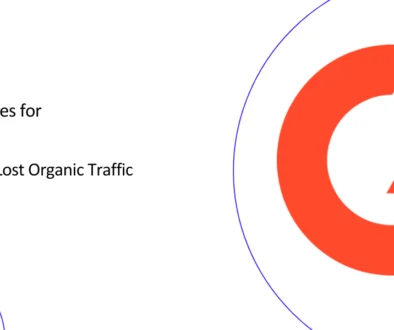How to Add your sitemap to robots.txt – A Guide
Key Takeaways
- Robots.txt and XML sitemaps are two important files that can help search engines crawl and index your website more effectively.
- Robots.txt is a text file that tells web robots which pages on a website they can and cannot crawl.
- XML sitemap is a file that lists all of the pages on your website that you want search engines to index.
What is a robots.txt file?

Robots.txt is a text file that tells web robots (typically search engine crawlers) which pages on a website they can and cannot crawl.
It is a simple way to control how search engines index your website. For example, you can use robots.txt to block crawlers from accessing sensitive content or pages that are still under development.
Robots.txt files are written in plain text and follow a simple format:
User-agent: [user-agent name]
Disallow: https://www.inmotionhosting.com/support/website/how-to-stop-search-engines-from-crawling-your-website/
The User-agent line specifies which user agents the robots.txt file applies to. User agents are the names of the software programs that crawl the web. For example, the user agent for Googlebot is Googlebot.
The Disallow line specifies which URLs the user agent is not allowed to crawl. The URL string must start with a forward slash (/).
For example, the following robots.txt file would block Googlebot from crawling the /admin/ directory:
User-agent: Googlebot
Disallow: /admin/
It is important to note that robots.txt files are only guidelines. Web robots are not required to follow them. However, most major search engines do respect robots.txt files.
What is an XML sitemap?

An XML sitemap is a file that helps search engines find and index your website’s pages more efficiently. It is like a roadmap of your website that tells search engines where to go.
XML stands for Extensible Markup Language. It is a format that is easy for search engines to read and understand.
How Are robots.txt & Sitemaps Related?
In 2006, Yahoo, Microsoft, and Google standardized XML sitemap submissions. Initially, sitemaps had to be submitted through each search engine’s webmaster tools. In 2007, they added Sitemaps Autodiscovery, which checks for sitemaps via robots.txt. Before Sitemaps Autodiscovery, you had to submit your website’s XML sitemap to each search engine individually. Now, search engines can automatically discover your sitemap from your robots.txt file. You can still submit your sitemap to most search engines, but it’s not necessary.
Benefits of Adding a Sitemap to robots.txt file

XML sitemaps can help you improve your website’s SEO because they can help search engines find your new and updated pages more quickly. This can lead to better rankings in search results pages.
How To Add Your XML Sitemap To Your Robots.txt File in 3 Steps
Step 1: Locate Your Sitemap URL
1. Check common locations
Try going to these URLs in your browser to see if you can find the sitemap:
- https://www.websitedomain.com/sitemap.xml
- https://www.websitedomain.com/sitemap_index.xml
- https://www.websitedomain.com/sitemap1.xml
If you find a file at any of these locations, that’s your sitemap!
2. Use a tool
If you can’t find the sitemap at any of the common locations, you can use a tool like Google Search Console or SEO Site Checkup to help you find it.
3. Check your CMS
If you’re using a popular CMS like WordPress, Wix, Shopify, Joomla, Squarespace, or Magento, your CMS may generate a sitemap for you automatically. Check the CMS documentation to see if there’s any information on where to find the sitemap.
Robots.txt Files for Subdomains
If you use subdomains on your website, create a robots.txt file for each one.
How to add your sitemap to robots.txt in WordPress
Please visit this link to learn more about adding a sitemap in a wordpress website.
How to add your sitemap to robots.txt in Drupal
Please visit the following link to learn more about how you can add a sitemap to your drupal website.
How to add your sitemap to robots.txt in Hubspot
If you have a HubSpot website, visit the following link to learn how you can add a sitemap in Hubspot.
How can Manmash Consulting help?
Manzar Mashhood and his team of technical SEO consultants can help you improve your website’s technical soundness, and technical SEO goes way beyond robots.txt file and XML sitemaps.
For more information, click on the ‘let’s talk’ button at the bottom right corner of this page to leave us a message on WhatsApp. We also provide white label technical SEO service to digital marketing agencies.




